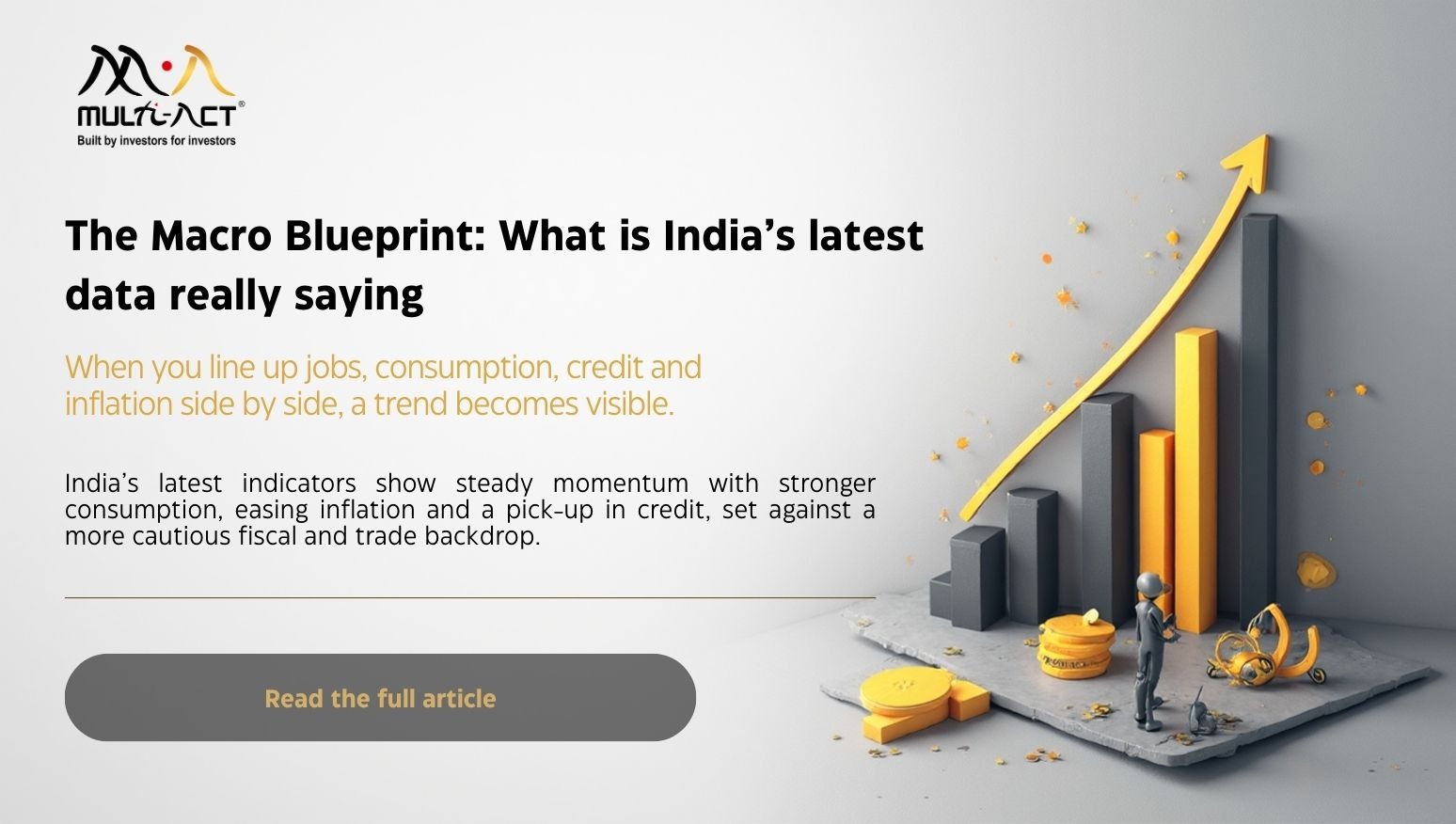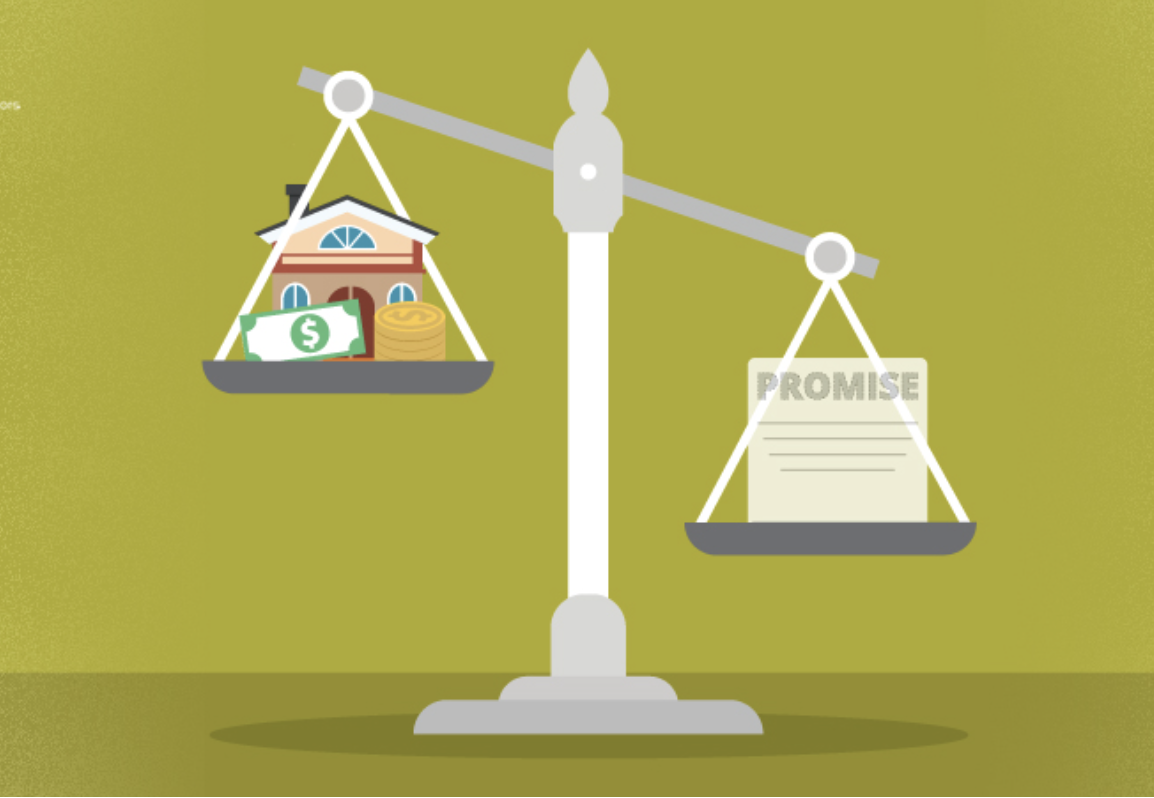
The Macro Blueprint: What is India’s latest data really saying
Macro numbers alone rarely tell the full story. When jobs, consumption, credit, and inflation are considered together, … Continued
Read more27 February 2018

Leverage is one of the major causes of a firm’s distress. It is not just limited to patently reported statistics of financial ratios, but is rather a deep issue. Often (not always!) straightforward and disclosed leverage on the balance sheet will get adjusted in prices, embedded in risk premiums; however it is the hidden leverage which will be more ominous.



Sources: BIS, OECD.Data through Sep 2017
The charts above portray developments in the government sector level; in the following charts depict non- financial private sectors.




Sources: BIS, OECD.Data through Sep 2017

Sources: FINRA. Data through Mar 2018.
Finally I would like to cite a succinct observation by a well-known investor.


Macro numbers alone rarely tell the full story. When jobs, consumption, credit, and inflation are considered together, … Continued
Read more
The AI story everyone sees is technological. The story that a few notice is financial. Revolving expenditures, … Continued
Read more
Portfolios are often seen as long journeys, built patiently for compounding. Yet along the way, there are … Continued
Read moreReceive monthly updates by signing up to our newsletter.
|
Sr. No. |
Received from |
Pending at the end of last month |
Received |
Resolved* |
Total Pending # |
Pending complaints > 3 months |
Average Resolution time^ (in days) |
|
1 |
Directly from Investors |
0 |
0 |
0 |
0 |
0 |
0 |
|
2 |
SEBI (SCORES) |
0 |
0 |
0 |
0 |
0 |
0 |
|
3 |
Other Sources (if any) |
0 |
0 |
0 |
0 |
0 |
0 |
|
|
Grand Total |
0 |
0 |
0 |
0 |
0 |
0 |
Number of complaints received during month against the IA due to impersonation by some other entity:
Note: In case of any complaints received against the IA due to impersonation of the IA by some other entity, the IA may adjust the number of such complaints from total number of received/resolved complaints while preparing the above table. Further, IA must close such impersonation related complaints after following the due process as specified by SEBI/ IAASB.
* Inclusive of complaints of previous months resolved in the current month.
# Inclusive of complaints pending as on the last day of the month
^ Average Resolution time is the sum total of time taken to resolve each complaint in days, in the current month divided by total number of complaints resolved in the current month.
|
Sr. No. |
Month |
Carried forward from previous month |
Received |
Resolved* |
Pending# |
|
1 |
April, 2025 |
0 |
0 |
0 |
0 |
|
2 |
May, 2025 |
0 |
0 |
0 |
0 |
|
3 |
June, 2025 |
0 |
0 |
0 |
0 |
|
4 |
July, 2025 |
0 |
0 |
0 |
0 |
|
5 |
August, 2025 |
0 |
0 |
0 |
0 |
|
6 |
September, 2025 |
0 |
0 |
0 |
0 |
|
7 |
October, 2025 |
0 |
0 |
0 |
0 |
|
8 |
November, 2025 |
0 |
0 |
0 |
0 |
|
|
Grand Total |
0 |
0 |
0 |
0 |
*Inclusive of complaints of previous months resolved in the current month. #Inclusive of complaints pending as on the last day of the month.
|
SN |
Year |
Carried forward from previous year |
Received |
Resolved* |
Pending# |
|
1 |
2021-22 |
0 |
0 |
0 |
0 |
|
2 |
2022-23 |
0 |
0 |
0 |
0 |
|
3 |
2023-24 |
0 |
0 |
0 |
0 |
|
4 |
2024-25 |
0 |
0 |
0 |
0 |
|
|
Grand Total |
0 |
0 |
0 |
0 |
*Inclusive of complaints of previous years resolved in the current year. #Inclusive of complaints pending as on the last day of the year.